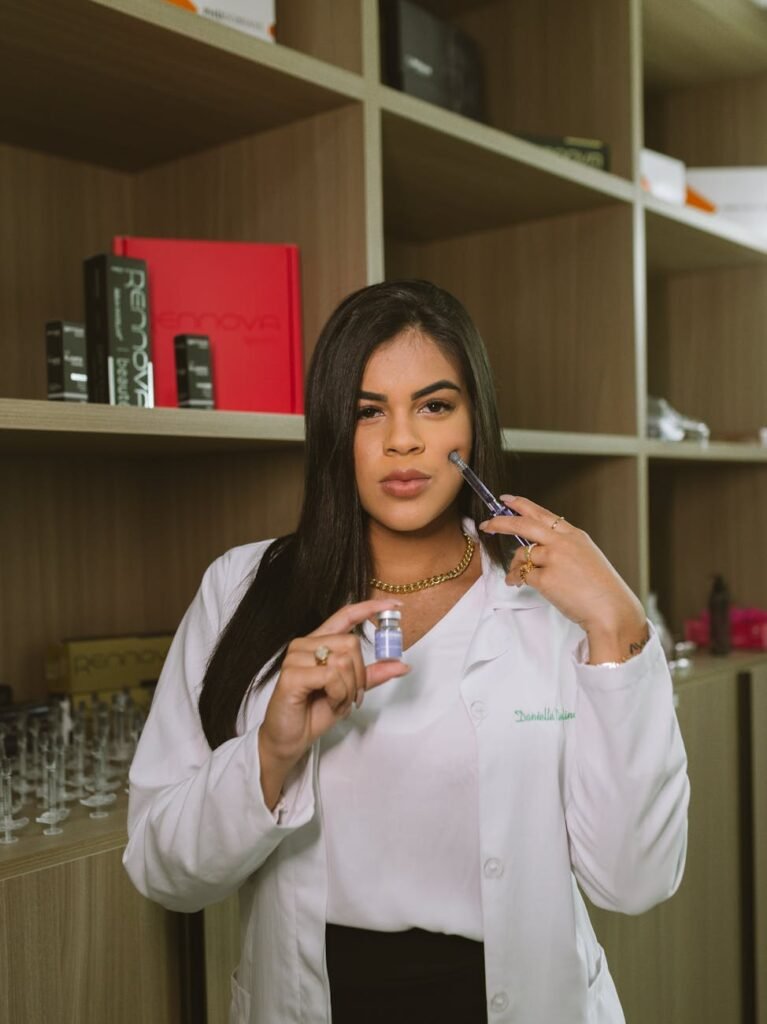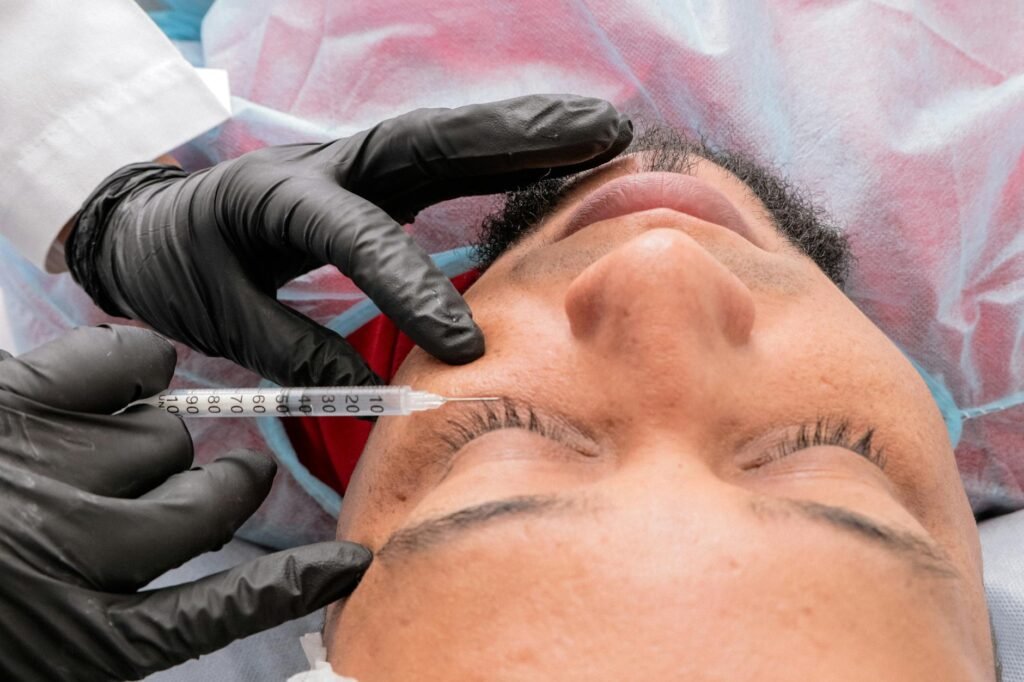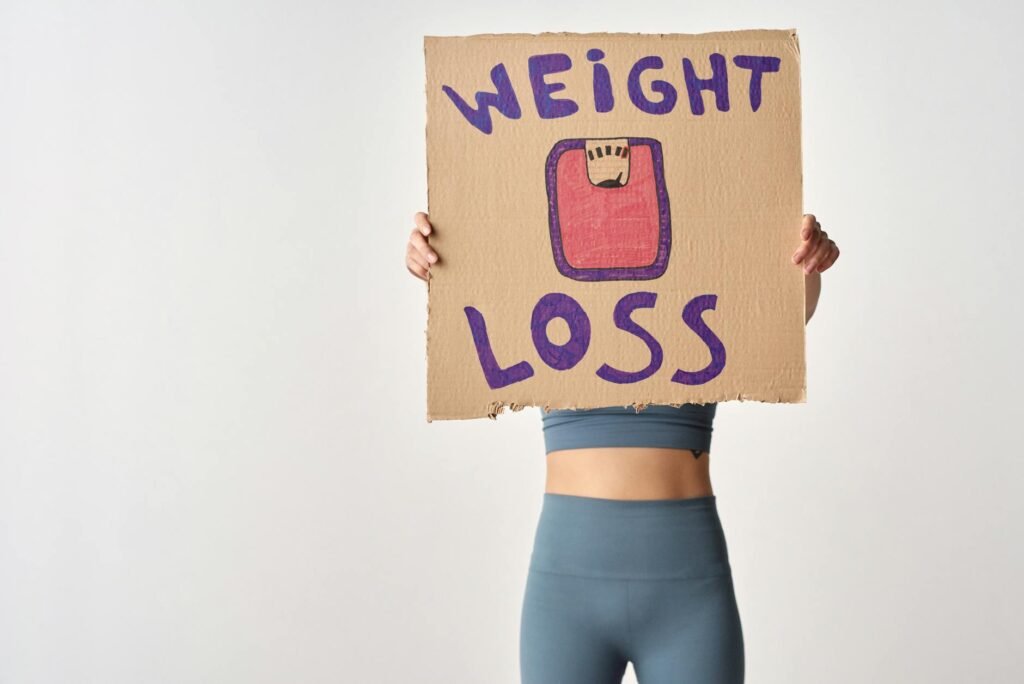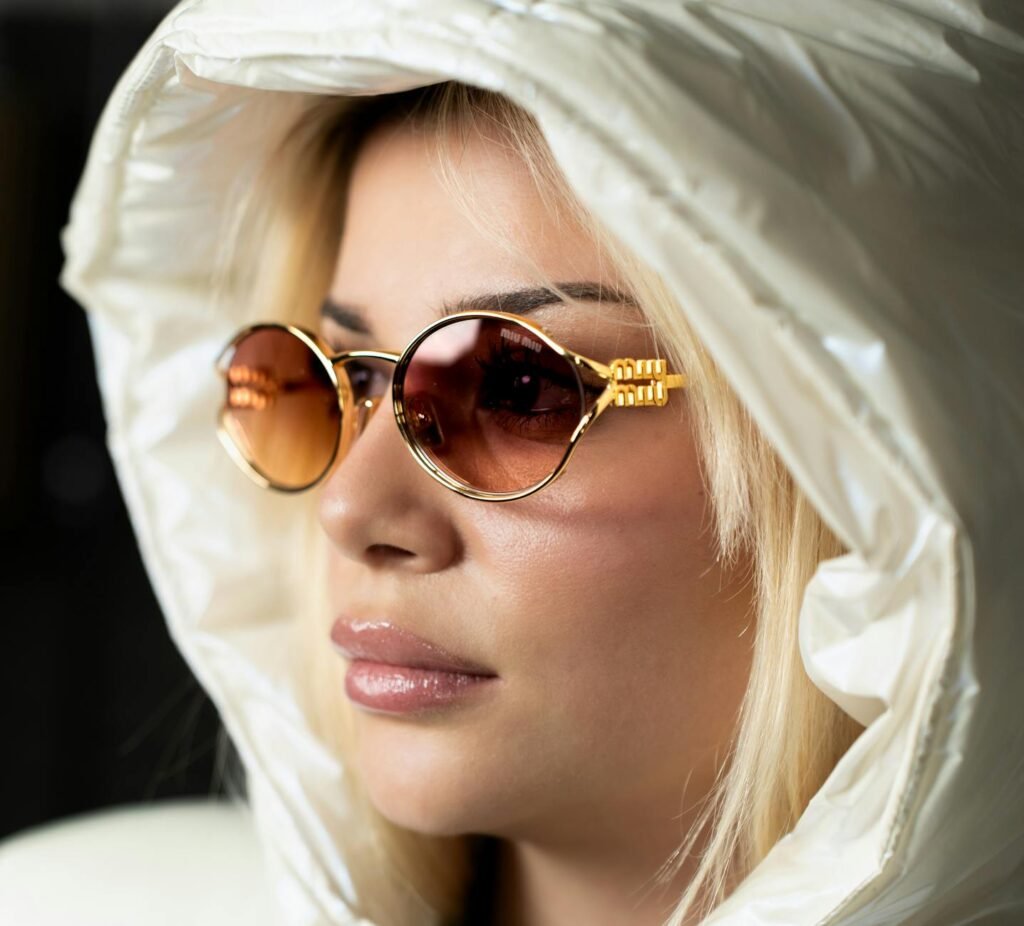Understanding Botox Injections
So you’re thinking about Botox, which can botox cause cancer, huh? It’s that nifty thing folks are buzzing about—turning back time for your skin and even tackling some tricky health problems. Let’s break down what Botox does, how it works, and why it’s not just the fountain of youth but also a medical marvel.
What is Botox?
Alright, imagine this: Botox comes from this bacteria called Clostridium botulinum. It sounds freaky, right? But don’t worry, in teensy doses, it’s harmless and pretty darn effective. It’s like putting a damper on those pesky muscles or shutting down some nerve activity. It’s got the power to help with migraines, sweating too much, a super-active bladder, and even some eye quirks (MedlinePlus).
But here’s the kicker: in the beauty business, Botox is a star player in smoothing out your face. It’s magic—it makes faces look fresher by chilling out muscles that cause wrinkles. Think about places like the forehead, around the eyes, and the brows. By stopping acetylcholine (that pesky neurotransmitter making muscles jump), Botox helps the skin chill and relax.
Medical Uses of Botox
Beyond looking photo-ready, Botox is a Swiss army knife for medical issues. Doctors use it to ease pain by stopping nerve messages that cause muscle activity. This relaxes muscles and brings pain down a notch. It’s a big win for chronic migraines, neck issues, sweating buckets, and crossed eyes.
To keep things running smoothly, Botox sessions might be needed every so often—like every three to six months. It’s pretty safe and works like a charm when handed by the pros, both for looking and feeling good (Cleveland Clinic).
If you’re curious about how Botox might fit into your life—whether it’s for chasing away wrinkles or helping out with health hiccups—it’s all about chatting with a healthcare whiz. They’ll help you figure out if Botox is a good match for your goals and what’s going on health-wise.
Botox and Cancer Relationship
When it comes to caring for your skin, Botox offers more than just a wrinkle-fighting magic trick. It’s got a bit of a mysterious side, especially with folks wondering about any ties between Botox and cancer. If you’re curious, let’s break it down and see what the experts are saying about this hot topic.
Clinical Evidence on Botox and Cancer
In the scientific community, the hunt for a link between Botox use and cancer remains mostly speculative. No smoking gun points to Botox as a cancer culprit. Get this—the research mostly involves watching and learning rather than saying “direct cause.” Those who keep tabs on these things, like post-marketing data collectors, have not flagged Botox as a cancer risk (Judicial Insider).
And here’s the kicker: the very toxins within Botox, known as botulinum toxins (BoNTs), are showing up as potential cancer fighters. Crazy, right? They’re credited with slowing down tumors, kicking cancer cells to the curb, and making those sinister cells stop their evil multiplication schemes. When dosed right, these toxins are mostly A-OK for your system.
Experiments in the lab and with living subjects have shed some light. Botox, the toxin in the spotlight, has been linked to shrinking tumors and encouraging cancer cells to bite the dust in cancers like breast, prostate, and pancreatic. So, surprise! Botox might play a role as a supporting actor in cancer therapy (PMC).
Potential Therapeutic Benefits
So, besides keeping the years at bay, Botox seems to have a hand in easing the tough times for cancer patients. It can dial down pain and even take a swing at shrinking tumors. Some folks battling cancer have found that Botox injections lighten their load, knocking back the pain to the point they might lean less on heavy-duty painkillers.
As the research scene evolves, it’s clear we’re just scratching the surface of what Botox can do against cancer. More studies are in the pipeline to get the full picture. But for now, if you’re pondering Botox, especially if cancer rings a bell in your life story, it’s key to have a heart-to-heart with your healthcare provider. They’re the ones to dish out advice that suits your health journey.
Safety Considerations of Botox
Considering Botox for a little lift? Well, safety first! It’s key that whoever’s handling your Botox knows exactly what they’re doing to keep any nasty surprises at bay. Know who gets the pass on it due to certain health quirks.
Safe Administration of Botox
Botox is pretty chill when given by a pro. But to keep things smooth, make sure they’re legit and seasoned in the art of Botoxing. The right pokes and doses can make all the difference, saving you from any “Oopsie!” moments.
Go for those who have their Botox game down—aesthetic doc experts who know their stuff backward and forward. Their know-how ensures you’re in a safe zone during the process, cutting down the odds of anything going wrong.
Who Should Avoid Botox
Botox is not a free-for-all. Some folks should steer clear. According to the Cleveland Clinic, if you’re expecting, nursing, or grappling with health issues, you might need to avoid Botox.
Plus, if you have certain nerve disorders or allergic reactions to Botox ingredients, it’s better to be safe than sorry (judicial.mc.edu). Before getting Botox, let your healthcare provider know about any health stories or allergy notes so they can tell you if you’re good to go or should sit it out.
Keeping safe with Botox is all about following the book—having a professional guide you and knowing if it’s a no-go for you. Stay savvy, follow the expert advice, and you could be on your way to enjoying your new, fresh look.
Long-Term Effects of Botox
When folks think about the future impact of Botox shots, it’s key to know how it might shake up your muscles and mug expressions over the years.
Muscle Weakness over Time
With time, regular Botox use might make those targeted muscles a bit lazy. They can shrink or get weaker if you keep them on a Botox drip for the long haul (Cleveland Clinic). Sure, Botox is famous for temporarily chilling out wrinkle-causing muscles, but keep at it, and you might find your muscle mojo is taking a hit.
Impact on Facial Expressions
A regular Botox habit can mess with your face game. Some regulars notice they can’t wiggle their facial muscles like they used to, which can mess with expressiveness (BBC Future). That’s a bummer if those muscles stay different, even years after you’ve last touched the stuff.
As you keep jabbing, you might get longer stretches between visits and smaller doses, though the jury’s still out on how much truth’s in that.
Before jumping into Botox waters, folks should chat with their doctor about all these what-ifs. Knowing the score on what long-term Botox use might mean helps set the stage for solid choices about cosmetic antics. Wanna dig deeper into Botox safety and deets? Check our reads on chin Botox and TMJ Botox.
Enhancements with Botox
In the buzzing world of cosmetic tweaks, Botox is that magic wand you’ve heard about. Got a few lines or want to keep ’em from showing up in the first place? Botox might be your jam. Let’s see what happens with regular Botox touch-ups and what this new buzz about Baby Botox is.
Effects of Repeated Injections
According to the smart folks at Cleveland Clinic, if you keep going back for more Botox, those wrinkle-smoothing perks might stick around longer every time. Imagine needing less goop and fewer visits. Sounds like a win-win. While this sounds super promising, the science folks are still working on fully backing it up with facts. For now, some who’ve walked this path notice longer stretches between their injection appointments, enjoying smoother skin with less hassle.
Baby Botox and Preventing Future Wrinkles
Now, let’s talk about this thing called Baby Botox. It’s kinda like starting your anti-wrinkle game a bit early. Young folks are all over this, aiming to stop those deep crinkles before they decide to camp out. Here’s the lowdown: start Botox when you’re younger, stop frowning so much, and keep your muscles from getting too chatty. The idea is to keep things looking fresh for the long haul, letting you rock that smooth vibe for longer.
How about getting help from Botox? Mixing regular touch-ups with stuff like Baby Botox could give you a bag of tricks for looking fresh. Just make sure you chat with a pro—a dermatologist who knows their stuff. They can help carve out the best game plan for your face goals. Keep your eyes peeled for what’s new in the cosmetic scene so you’re making the best choices for keeping your glow on point.
Age-related Jitters: Botox and Your Skin
Ah, the inevitable journey of aging—bringing wisdom and, well, a few unwelcome wrinkles. But fret not! Botox can still be your trusty sidekick, even as the years roll on. Knowing how the golden years interact with Botox is golden information for keeping that fresh-faced look.
Aging and Botox: A Wrinkle in Time?
Botox has this love-hate relationship with aging skin. You see, with all that smiling, frowning, and raising eyebrows, muscles get a workout. Repeated Botox sessions can cause muscle weakness or, in fancy terms, muscle atrophy. This comes in handy for softening those fine lines and creases on your face.
But as we pile on the birthdays, our facial muscles tire naturally, and skin loses its bounce and glow. This changes how Botox does its magic, especially for deeper-set tracks of time. Sometimes, the experts need to tweak the dosage or timing of your shots to keep everything smooth sailing.
Mix and Match for a Better Look
Aging skin and Botox are a team, but sometimes you need backup. Partnering Botox with dermal fillers is like setting up the Avengers of skincare for the best results. As lines deepen and skin gets a little saggy, dermal fillers jump in to fill up the lost volume and flatten those stubborn crevices.
While Botox freezes muscles to prevent new lines, fillers puff up the space and even things out—like the pen-and-paper combo for writing the perfect anti-aging story. This dynamic duo can shape a well-rounded plan to tackle aging’s trickier aspects.
Blending dermal fillers with Botox can result in a feeling and look natural, especially where Botox might not go the distance alone. Such a combo gives a broader solution for fighting age, aiming to leave you looking refreshed and lively.
Aging and beauty treatments are like old friends—they need to understand each other to get along best. By teaming up with savvy providers and experimenting with these mix-and-match treatments, you can face those mirror moments with confidence. Opt for this game plan to conquer the stages of aging with grace and get the most out of your beauty routine.












